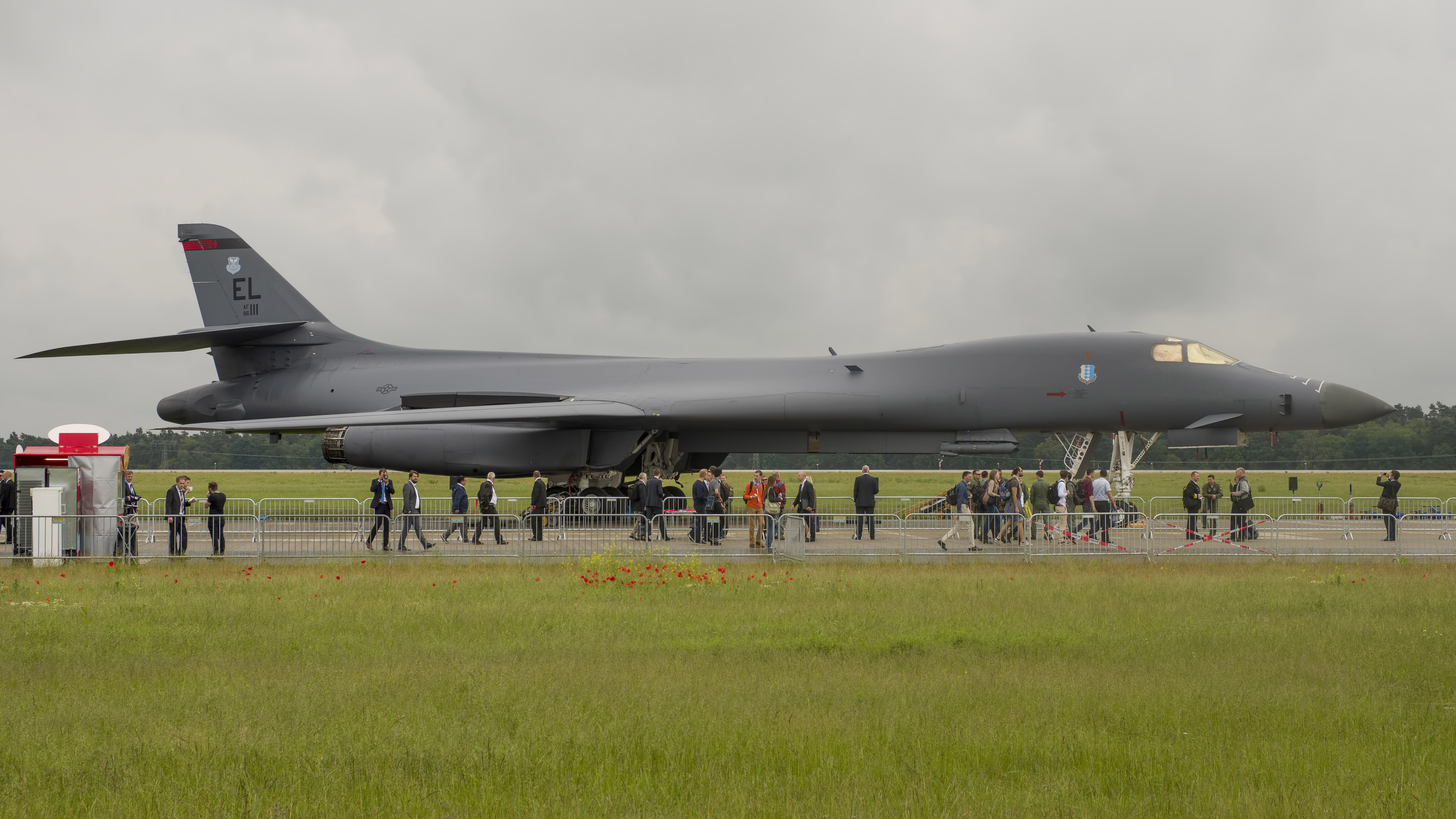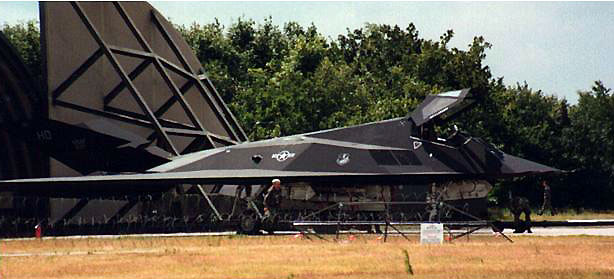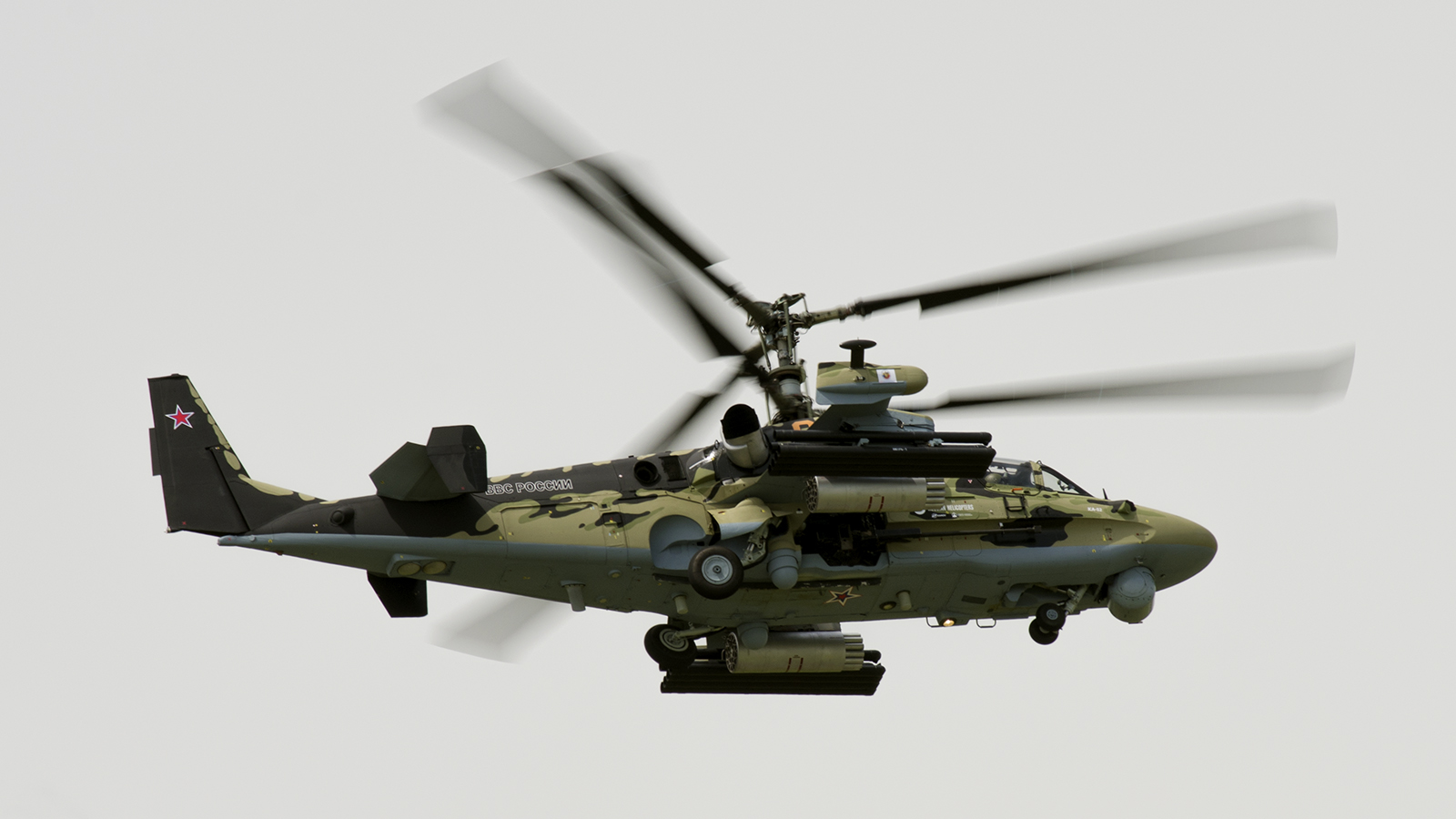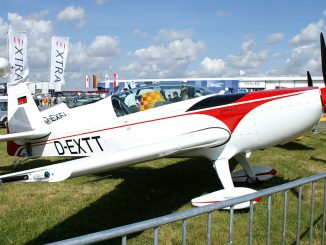
After years of discussions, the B-1B was introduced in the USAF in 1988.
After the project was cancelled by President Carter in June 1977, the Reagan administration decided in October 1981 to build a fleet of 100 B1-B’s for 28 billion Dollar.
Fitted with a “swept-wing” construction the B-1B is capable to perform attacks at low altitudes with speeds up to 960 Kph.
| Developing Nation: | United States |
| First Flight(s): | December 23rd 1974 |
| First operational: | March 1988 |
| Crew: | 4 |
| Wing Span: | 41,67m spread, and 23,84m swept. |
| Height: | 10,62 m |
| Length: | 44,81 m |
| Weight empty: | 87091 kg |
| Weight Max. Load: | maximum take-off 216367 kg |
| Engines: | four General Electric F101-GE-102 |
| Max. Speed: | 1328 km/h |
| Max. Height: | service ceiling 15240 m |
| Max. Range: | 12000 km |
| Fuel and Load: | internal fuel 88452 kg Maximum ordnance 34020 kg internally And 26762 kg externally |
| Weapons: | AGM-69A SRAM-A (short-range attack missile) AGM-86B ALCM?? (air-launched cruise missile) B61 or B83 nuclear bombs |
| October 7, 2001 Afghanistan, Enduring Freedom.Air-to-ground strikes against Osama bin Laden’s Al-Quaida and the Taliban with cruise missiles. |
| The B-1B is only in use by the United States Air Force. |
Combat Service and Awards
The B-1B has been distinguished by the following combat activity and awards:
- Combat operations including Desert Fox (Iraq, 1998), Allied Force (Kosovo, 1999), Enduring Freedom (Afghanistan, 2001+), Iraqi Freedom (2003+)
- A very high ratio of precision guided munitions dropped per combat sortie — from a maximum ratio of 1% of sorties delivering 22% of the guided weapons in Iraqi Freedom (1:22) to a minimum ratio of 5% of sorties delivering 70% of the JDAM weapons in Afghanistan (5:70)
- 100 world records for speed, payload, and distance









Be the first to comment